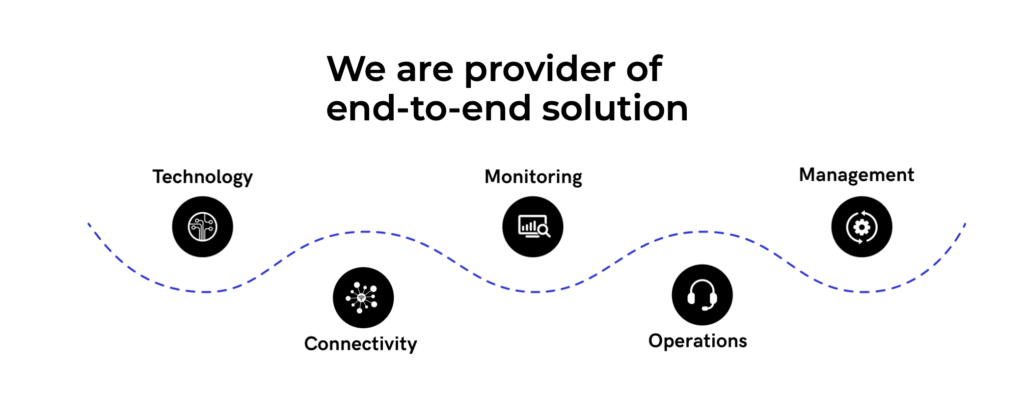Urban centers around the world grapple with the challenge of managing limited public parking spaces amid growing vehicle populations. This often results in congestion, environmental pollution, and inefficient use of public spaces. ParkingAround offers a revolutionary solution that optimizes public space utilization, leverages real-time parking information, and supports environmental goals with data-driven policies, ultimately transforming city parking into a more manageable and sustainable system.
Challenges of Urban Parking
City parking is fraught with issues such as congestion caused by drivers searching for parking spots, underutilized spaces going unnoticed, and fluctuating needs that traditional parking systems can’t accommodate. These challenges not only frustrate drivers but also impede the overall efficiency of urban transportation networks.
Introducing ParkingAround: Smart Parking for Smart Cities
ParkingAround utilizes advanced technology to address the complexities of municipal parking management:

- Dynamic Pricing: Adjusts parking fees based on real-time demand to manage congestion and maximize utilization.
- Real-Time Parking Information: Provides up-to-date information on parking availability to drivers, reducing the time spent in search of parking and consequently decreasing traffic congestion.
- Data-Driven Management: Collects and analyzes parking data, allowing city planners to make informed decisions that align with both current needs and long-term urban planning goals.
Solving Urban Parking Bottlenecks with ParkingAround
- Optimized Space Utilization: By implementing IoT technologies like parking sensors and real-time occupancy data, ParkingAround ensures that every parking space is used efficiently. This optimization helps reduce the need for new parking infrastructure, preserving public space for other uses.
- Reduced Congestion: With dynamic pricing and real-time availability updates, drivers can make informed decisions about where and when to park, smoothing traffic flow and reducing the congestion commonly associated with searching for parking.
- Enhanced Public Experience: Easy access to parking information improves the overall experience for city dwellers and visitors, making urban centers more accessible and less stressful to navigate.

Key Benefits of ParkingAround for Municipalities
- Strategic Public Space Management: More efficient use of parking areas translates to less need for sprawling parking lots, allowing cities to reclaim space for public parks, pedestrian zones, or new development projects.
- Environmental Sustainability: Reduced congestion and optimized parking operations contribute to lower vehicle emissions, helping cities meet their air quality and climate action targets.
- Economic Efficiency: Dynamic pricing models can generate more revenue from existing parking infrastructure, funding public transportation or other urban improvements.
Why Cities Should Adopt ParkingAround
Implementing ParkingAround provides cities with a competitive edge in urban management. It supports not only current operational needs but also future-proofing strategies for growing urban populations. Cities that adopt such innovative solutions can enhance their appeal as modern, sustainable, and efficient places to live and work.
Getting Started with ParkingAround
For cities interested in deploying ParkingAround, the process begins with a comprehensive analysis of existing parking infrastructure and urban mobility patterns. The ParkingAround team collaborates closely with municipal officials to tailor the system to specific city needs, ensuring seamless integration and maximum impact.

ParkingAround is more than just a parking solution—it’s a crucial tool for cities aiming to enhance urban mobility, reduce environmental impact, and improve the quality of life for their residents. By adopting ParkingAround, cities can navigate the complexities of urban growth and transportation management, paving the way for a sustainable and efficient future.

Leave a Reply